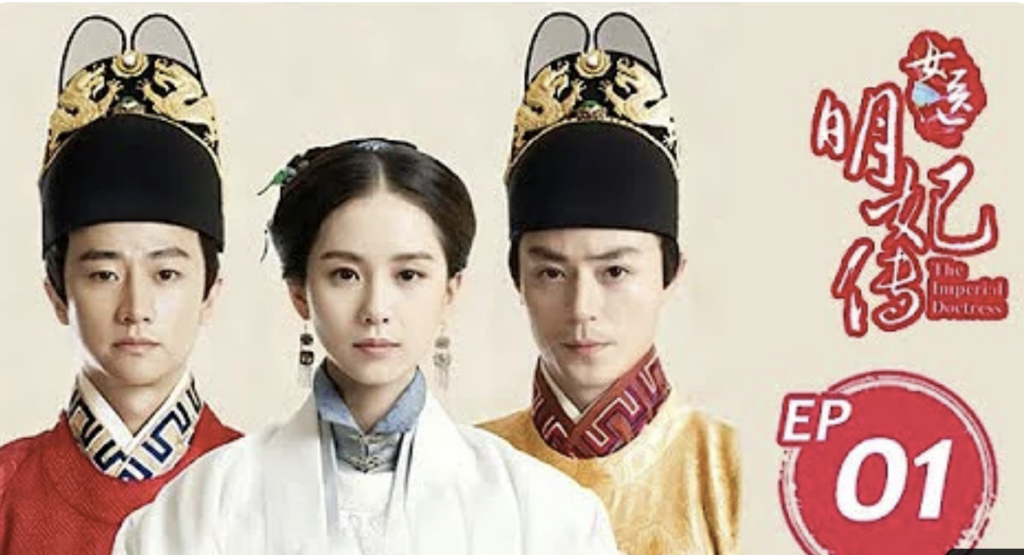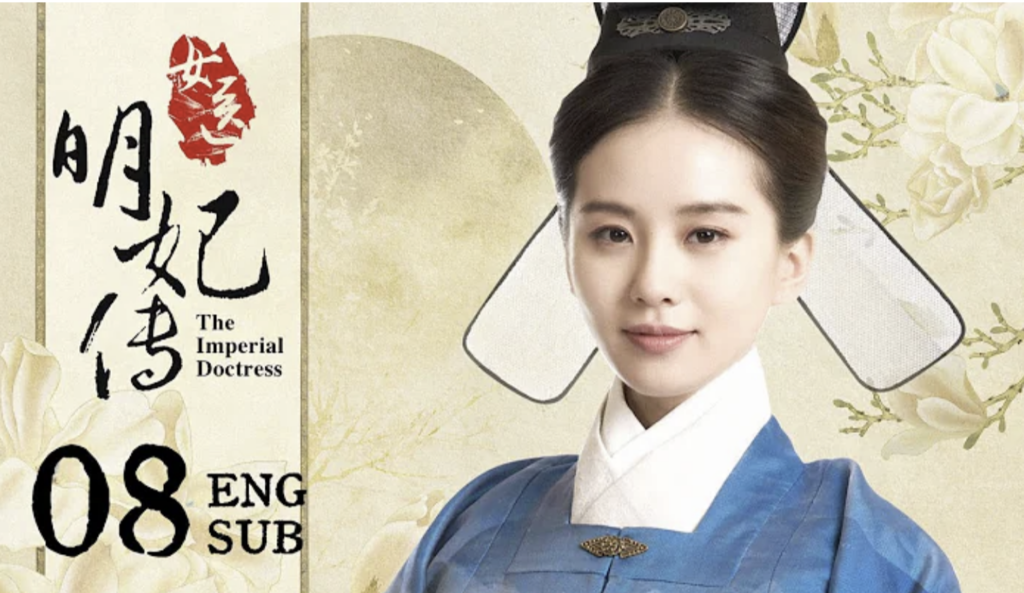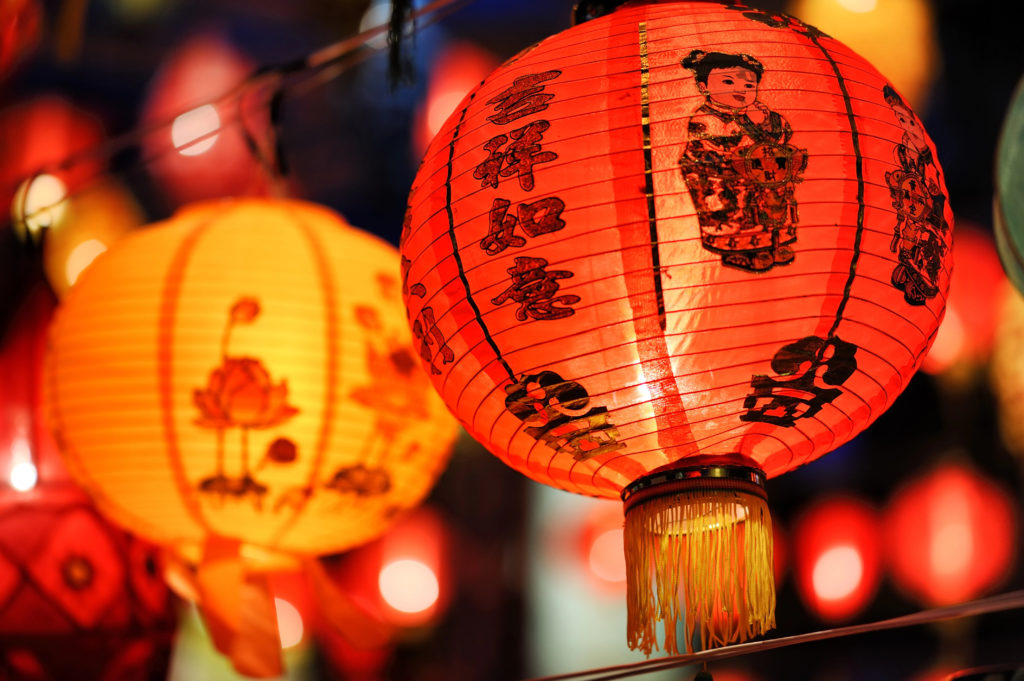FOOD: Making your own Chinese vegetarian, oil-free dishes
Baozis (steamed buns or dumplings) have been a popular food in China for hundreds of years. In the Mei-hua trilogy, it is Guei-lung’s favorite snack. In the trilogy, as is probably true today, the most popular baozis are meat filled. Usually stuffed with pork. However, it can also be vegetarian, as many who practice Buddhism or who have given up meat for various reasons would prefer.
Either way, baozis are not too difficult to make. The most difficult part probably is making the bun look elegant by closing the bun up with a series of pleats! You can see these pleats in the picture on the dumpling flour package below.
Here’s a recipe for a batch of vegetarian dumplings for you to try.
Dough:
I used a package of dumpling flour that I found at a local Asian market. I followed the directions for making the dough printed on the back of the package–except for omitting the oil recommended. This made 8 large buns.
If you don’t want to make your own dough, you can also buy a loaf of unbaked bread dough from your local grocery store. I’ve done this in the past, and it works just fine. Plus, it allows you to enjoy your own baozis if you’re short on time. There will be some differences in the final product, but not much.
Vegetarian filling:
660 grams finely chopped green veggies. I used bok choy
60 grams finely chopped mushrooms.
I used rehydrated xianggu mushrooms. After rehydrating them, squeeze out all excess water or they will be too moist and make your buns sloppy.
3 slices of ginger
½ tsp salt
1 ¼ tsp sugar
1 Tbl soya sauce
1 Tbl corn starch
Prepare the filling:
Mix the salt, sugar, corn starch and soya sauce together in a small bowl.
Stir-fry the mushrooms and ginger for a few minutes in a non-stick pan, adding a Tablespoon of water as needed to keep the mushrooms from sticking.
Add the salt, sugar, corn starch and soya sauce mixture to the pan and blend.
Add the finely chopped green veggies and cook for several minutes. Until the greens wilt and are well mixed with the mushrooms.
Remove the 3 slices of ginger.
Put aside to cool.
Prepare the dough:
Roll your dough into a log shape and cut into 8 equal pieces. This will give you a large sized baozi. Shape each into a ball.
Flatten the balls into a disk shape 5-6 inches in diameter. The edges, which will be pulled up and together around the filling, should be thinner than the middle or the filling might break through the bottom.
Form the baozi:
Spoon a generous teaspoon of filling into the center of the disc. Pull the dough up over the filling and pinch together in pleat-like fashion completely enclosing the filling. Let the buns rest for 30 minutes.
To cook: Place the filled buns in a steamer (either seam side down or up). The buns may double in size, so leave a space between each one. Steam for 15 minutes. Remove the steamer from the heat and let it sit another 5 minutes before removing the lid.
To reheat leftover buns, microwave for 30 seconds or re-steam.
If you give this a try, let me know how it turned out for you.
Enjoy!
















